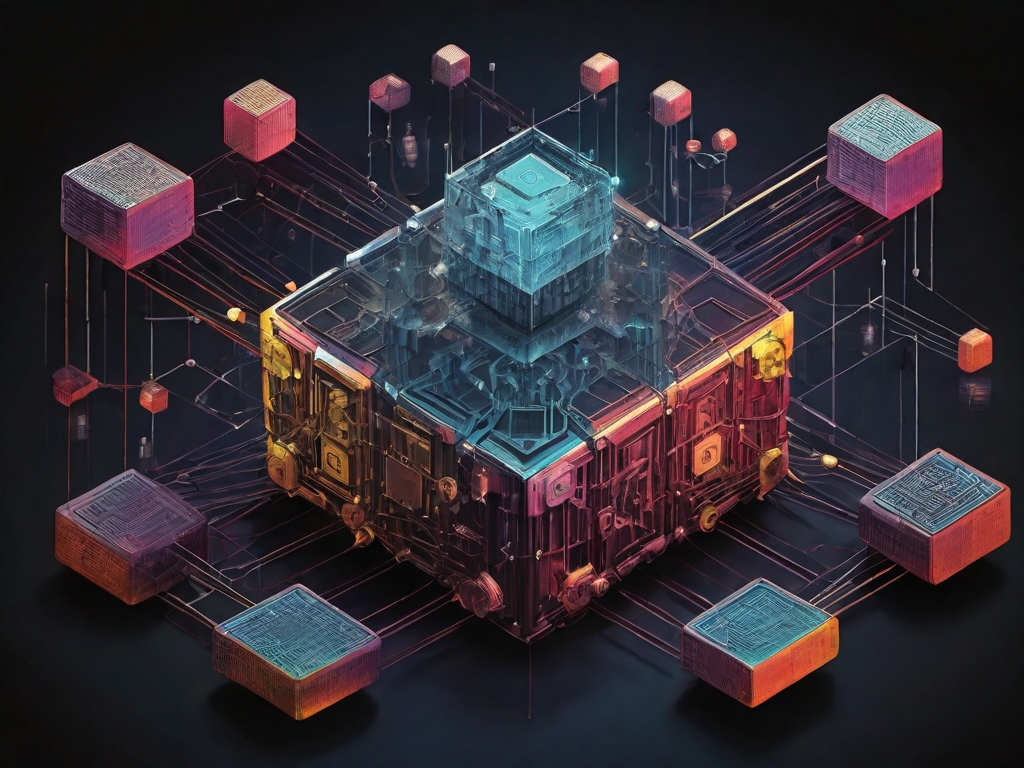Blockchain: a revolutionary technology for a transparent future
Blockchain is a technology that has changed the way we think about data storage and transfer over the past decade. In its simplest form, it is a distributed database that stores information as a sequence of interconnected blocks. But why has this technology caused such a resonance in the global community?
How the blockchain works
Blockchain is based on a simple but ingenious principle: each new block of information contains a link to the previous block, forming an unbroken chain of data. It is similar to a digital diary, where each new page contains a unique imprint of the previous one. It is important to understand that this "diary" is simultaneously stored on thousands of computers around the world.
Each block in the system contains:
- Time stamp of creation
- Hash of the previous block
- Transaction data
- Unique identifier (hash) of the current block
Key features of the technology
Decentralization: Unlike traditional databases, blockchains do not have a single control center. The network is maintained by all participants at the same time, making it extremely resistant to failures and attacks.
Data immutability: Once information is recorded in the blockchain, it is almost impossible to change or delete it. Any attempt to modify the data will be noticed by other network participants and rejected.
Transparency: All transactions on the blockchain are public and can be verified by any network participant, providing an unprecedented level of transparency.
Areas of application
Financial sector: The most famous application of blockchain is cryptocurrencies, but the technology is also used to create smart contracts, automate banking operations, and manage assets.
Logistics: Blockchain allows you to track the movement of goods from producer to consumer, ensuring supply transparency and protection against counterfeiting.
Public administration: The technology can be used for elections, real estate registries, and document management.
Healthcare: Storing patient records, controlling the supply of medicines, and managing clinical trials.
Development prospects
Blockchain continues to evolve, and we are seeing new areas of development emerge:
- Integration with artificial intelligence technologies
- Development of scalable solutions for the corporate sector
- Creation of interstate blockchain platforms
- Implementation in digital identification systems
Challenges and limitations
Despite its obvious advantages, blockchain technology faces certain challenges:
Scalability: As the number of transactions increases, the load on the network increases, which can lead to a slowdown in system performance.
Energy consumption: Some blockchain networks, especially those that use the Proof of Work consensus mechanism, consume a significant amount of electricity.
Regulatory aspects: The lack of a clear legislative framework in many countries hinders the adoption of the technology.
Conclusion.
Blockchain is not just a technological innovation, but a fundamental change in the approach to storing and processing information. It offers a new level of trust and transparency in the digital world. Despite the challenges, the potential of blockchain is enormous, and we are just beginning to understand all the possibilities of its application.
As the technology evolves and current limitations are addressed, blockchain has the potential to become the foundation for a new digital economy and change the way people, businesses, and government institutions interact. The key to success will be the industry's ability to adapt to regulatory requirements and ensure ease of use for end users.
#blockchain


